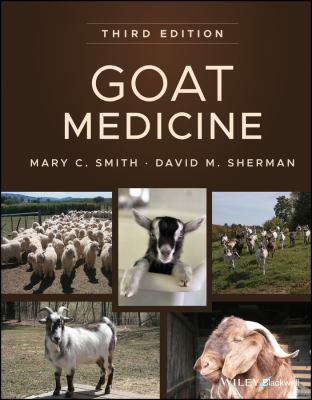
e-Book
|
Goat medicine
Copies
0 Total copies, 0 Copies are in,
0 Copies are out.
Title
Goat medicine
Call No
eBook
Edition
Third edition.
Digital Link
Language
English
Published
Hoboken, NJ : Wiley Blackwell, 2023.
Publication Desc
1 online resource (x, 965 pages) : illustrations (chiefly color)
ISBN
9781119382744
electronic publication
LCCN
2022000547









